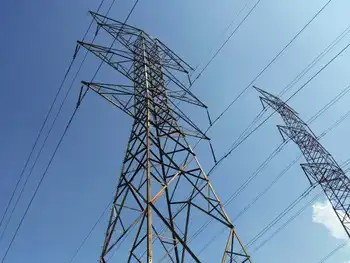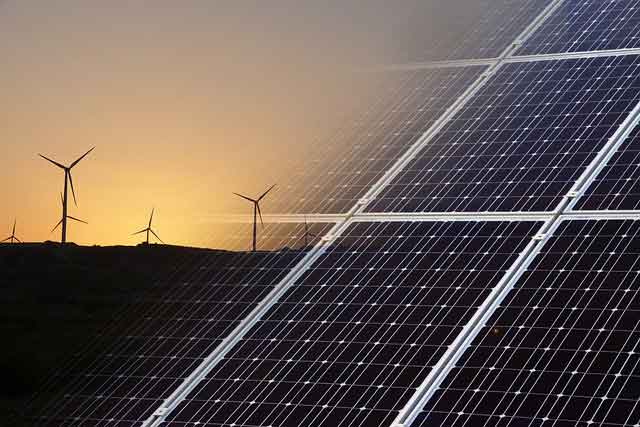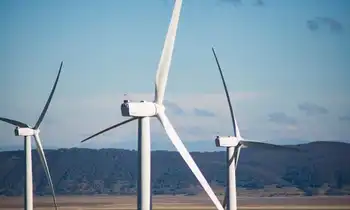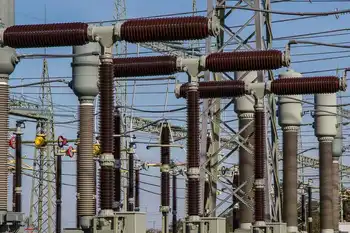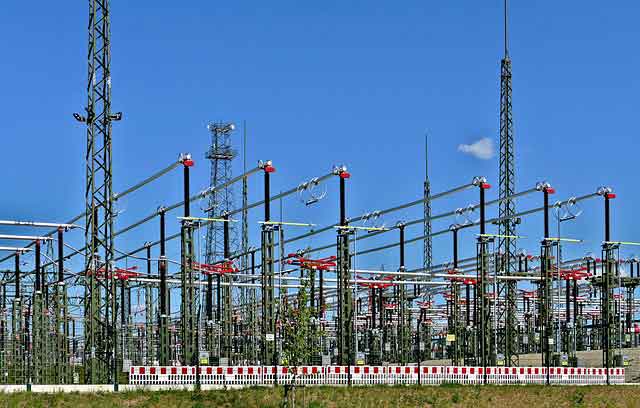Winds of change
By Calgary Herald
Arc Flash Training CSA Z462 - Electrical Safety Essentials
Our customized live online or in‑person group training can be delivered to your staff at your location.
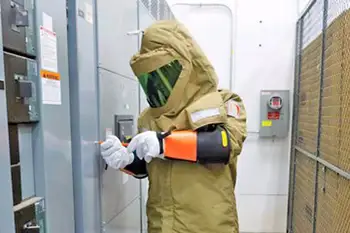
- Live Online
- 6 hours Instructor-led
- Group Training Available
North America is on the verge of a boom in wind energy. If Alberta wants to truly be part of wind's economic potential, it needs to move quickly. Robert Hornung, president of the Canadian Wind Energy Association CANWEA, estimates that the best pieces of the wind energy economic pie on this continent will be gone in two years. Jurisdictions are aggressively competing for investment in everything from the building and manufacturing of blades, turbines and parts to wind farms themselves. In five years, Texas has built three times more wind capacity than all of Canada. Last year, for the first time, wind was the largest source of new electricity generation built in the U.S.
Hornung, who met with the Herald's editorial board just recently, believes wind's potential in North America is untapped. Canada generates about 1.5 per cent of its electricity from wind, compared to 20 per cent in Denmark, 13 per cent in Spain, 12 per cent in Portugal, nine per cent in Ireland and eight per cent in Germany. What's more, Canada is windy. Wind farms here generate 50 per cent more power than a typical wind farm in Germany. Yet we have barely touched on wind's potential.
Alberta, says Hornung, has done a number of things right for wind. We have a deregulated energy market, the nation's only carbon regulatory framework, a commitment to building more transmission lines and we have been a leader in integrating wind into our electrical grid. But, he says, "the rest of the world is moving along.... What Alberta has to recognize is that it is competing for this investment."
CANWEA has outlined a future strategy that would see wind reach a capacity of 55,000 megawatts by 2025, meeting 20 per cent of the country's electricity needs. Hornung says that goal would create 50,000 jobs and draw in $80 billion in investment.
"Energy systems are diversifying. If you want to remain a player in the global energy game, you have to pay attention to what is going on in the development of alternative sources as well." Hornung says Alberta needs a comprehensive alternative energy strategy if it wants to benefit from the world's fastest growing source of electrical generation.
Alberta could also use the positive public relations that comes with this green energy source. Wind, Hornung notes, "can help transition Alberta from being largely viewed as a fossil fuel economy to being viewed more as an energy economy."
The province would be wise to heed his words, lest it gets blown away by the competition.





